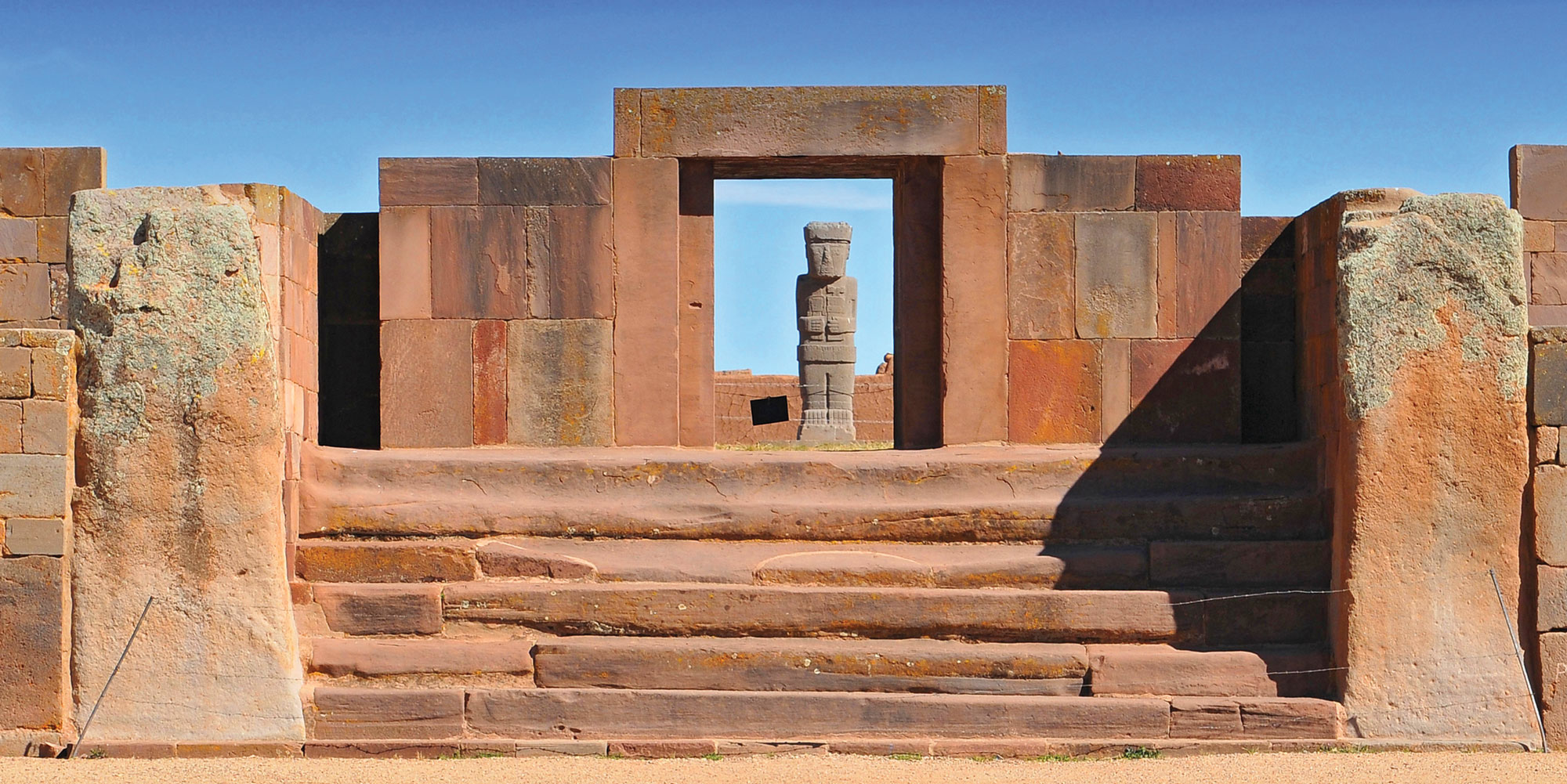WASHINGTON, D.C.—According to a report in The Guardian, Ian Christie-Miller, a former visiting research fellow at London University, examined a first draft of slaveowner George Mason’s 1776 Virginia Declaration of Rights with infrared imaging and found a watermark showing the Hanover crown and the emblem of King George III. “It is ironic that paper bearing the arms of the king was used by George Mason for his first draft declaration, which was to lead to the overthrow of English power in the American colonies,” Christie-Miller said. The document, now held in a secure vault in the Library of Congress, may have been stamped with the watermark in order to be compliant with the British Parliament’s Stamp Act of 1765, which taxed certain papers, documents, and playing cards in the colonies. “I wonder, if Mason had had a choice and there had been some alternative supply of paper, whether he would still have chosen stamped paper, so as to make a point of complying with the law, even though he didn’t agree with it,” commented Peter Thompson of Oxford University. To read about a rare King George III gold guinea from 1776 that was found during a survey of Red Bank Battlefield Park, go to "Around the World: New Jersey."
King’s Watermark Spotted on 1776 Virginia Declaration of Rights
News June 10, 2024
Recommended Articles
Off the Grid November/December 2025
Bighorn Medicine Wheel, Wyoming
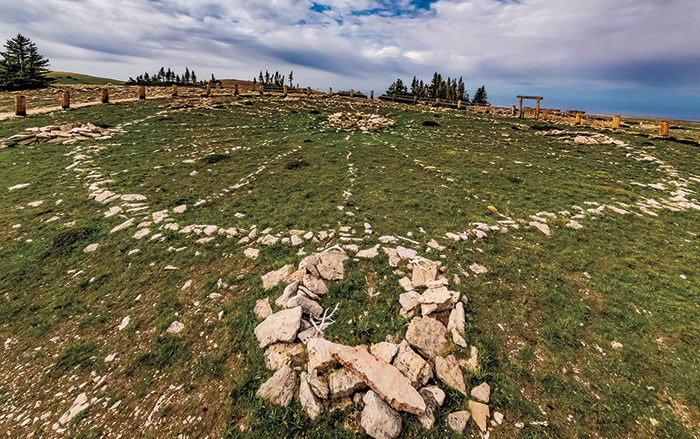
Letter from Mongolia November/December 2025
Building the Black City
Why the nomads of the Uighur Empire constructed a medieval urban center like no other
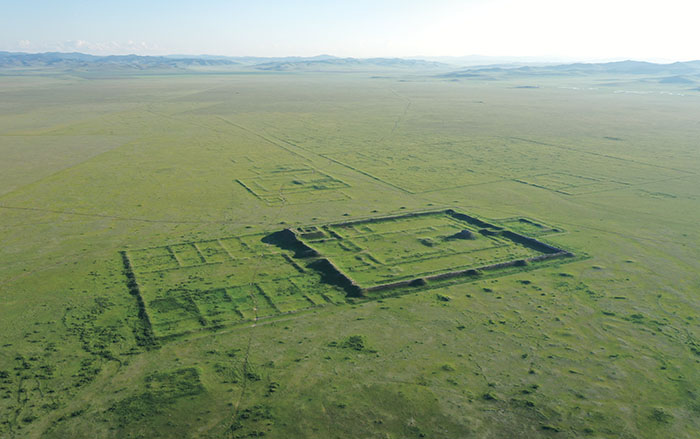
Digs & Discoveries November/December 2025
In His Majesty's Secret Service
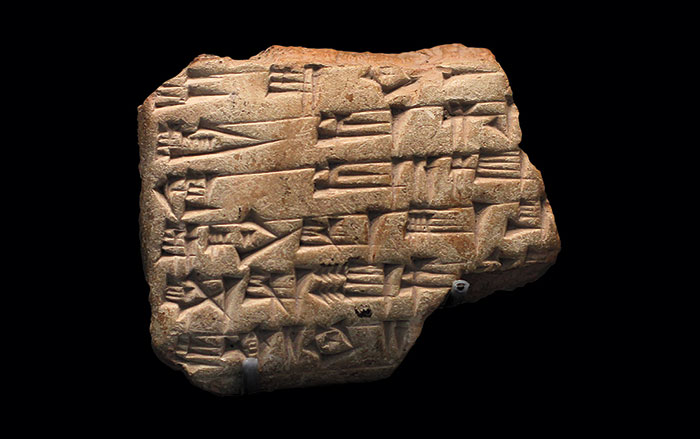
Digs & Discoveries November/December 2025
Washington Risks It All
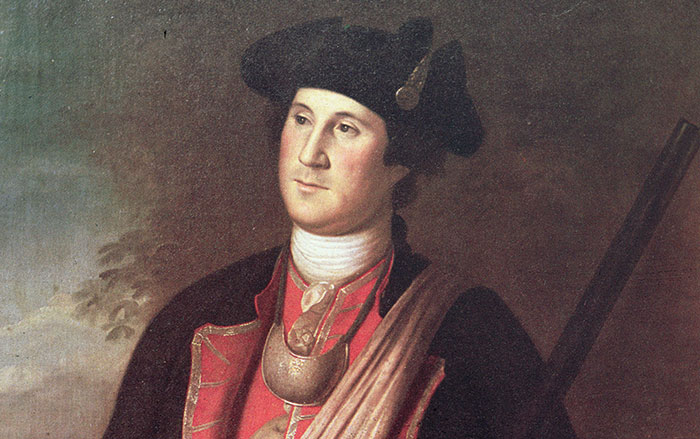
-
Features July/August 2024
The Assyrian Renaissance
Archaeologists return to Nineveh in northern Iraq, one of the ancient world’s grandest imperial capitals
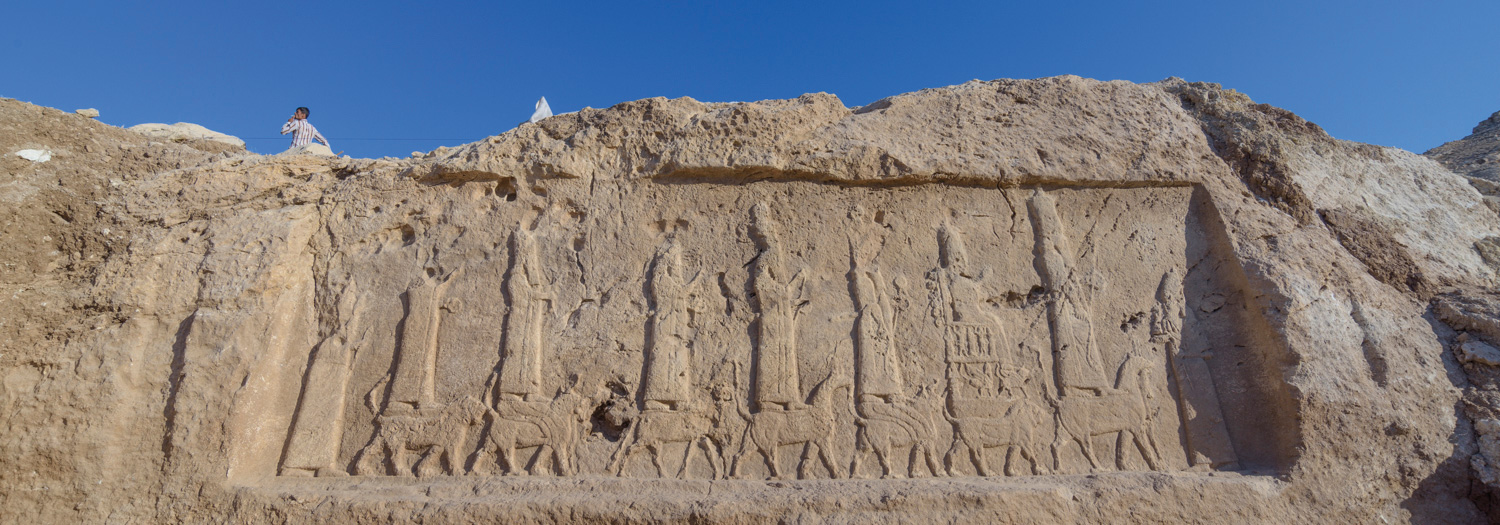 (Land of Nineveh Archaeological Project)
(Land of Nineveh Archaeological Project) -
Features July/August 2024
A Dynasty Born in Fire
How an upstart Maya king forged a new social order amid chaos
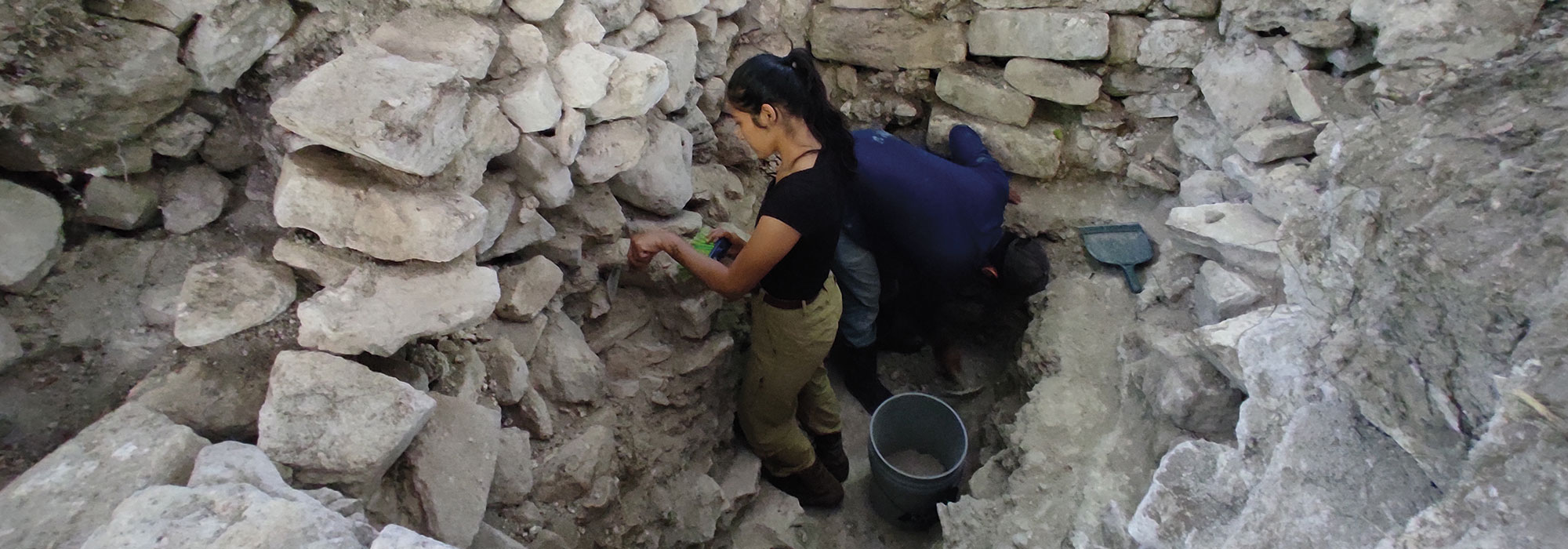 (Courtesy Proyecto Arqueológico Ucanal)
(Courtesy Proyecto Arqueológico Ucanal) -
Features July/August 2024
Making a Roman Emperor
A newly discovered monumental arch in Serbia reveals a family’s rise to power in the late second century a.d.
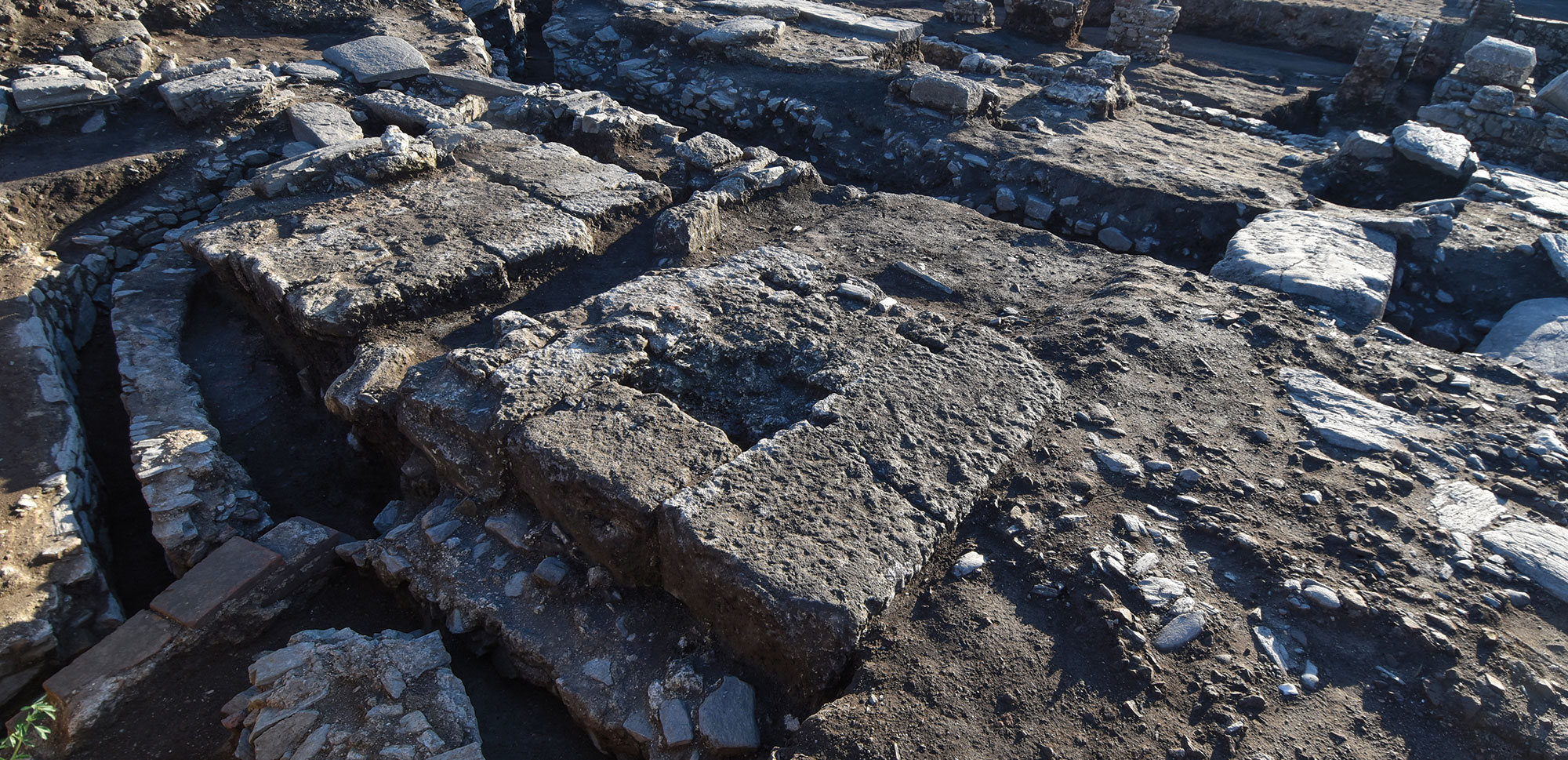 (Serbia’s Institute of Archaeology)
(Serbia’s Institute of Archaeology) -
Features July/August 2024
Rise and Fall of Tiwanaku
New dating techniques are unraveling the mystery of a sacred Andean city
